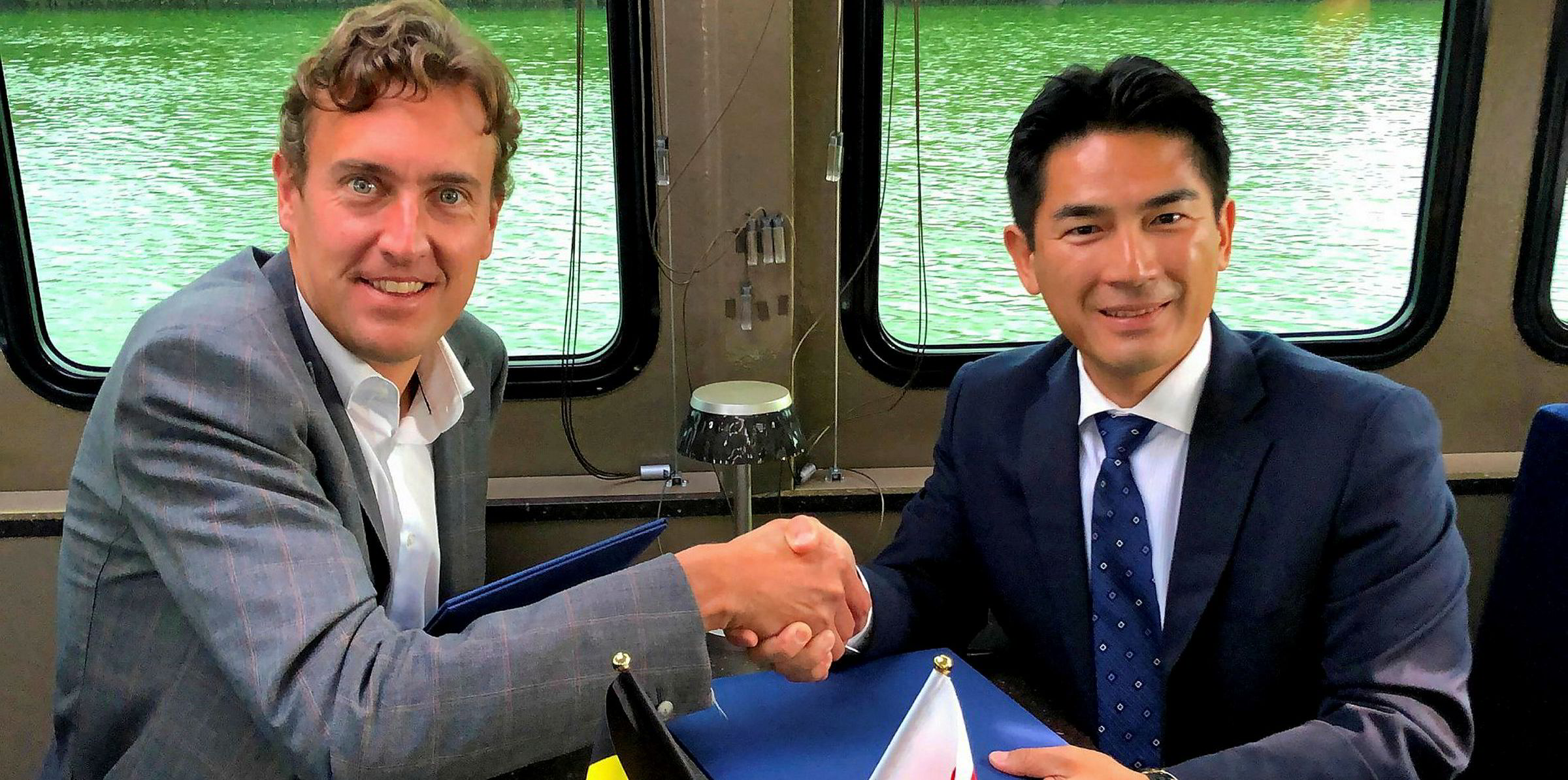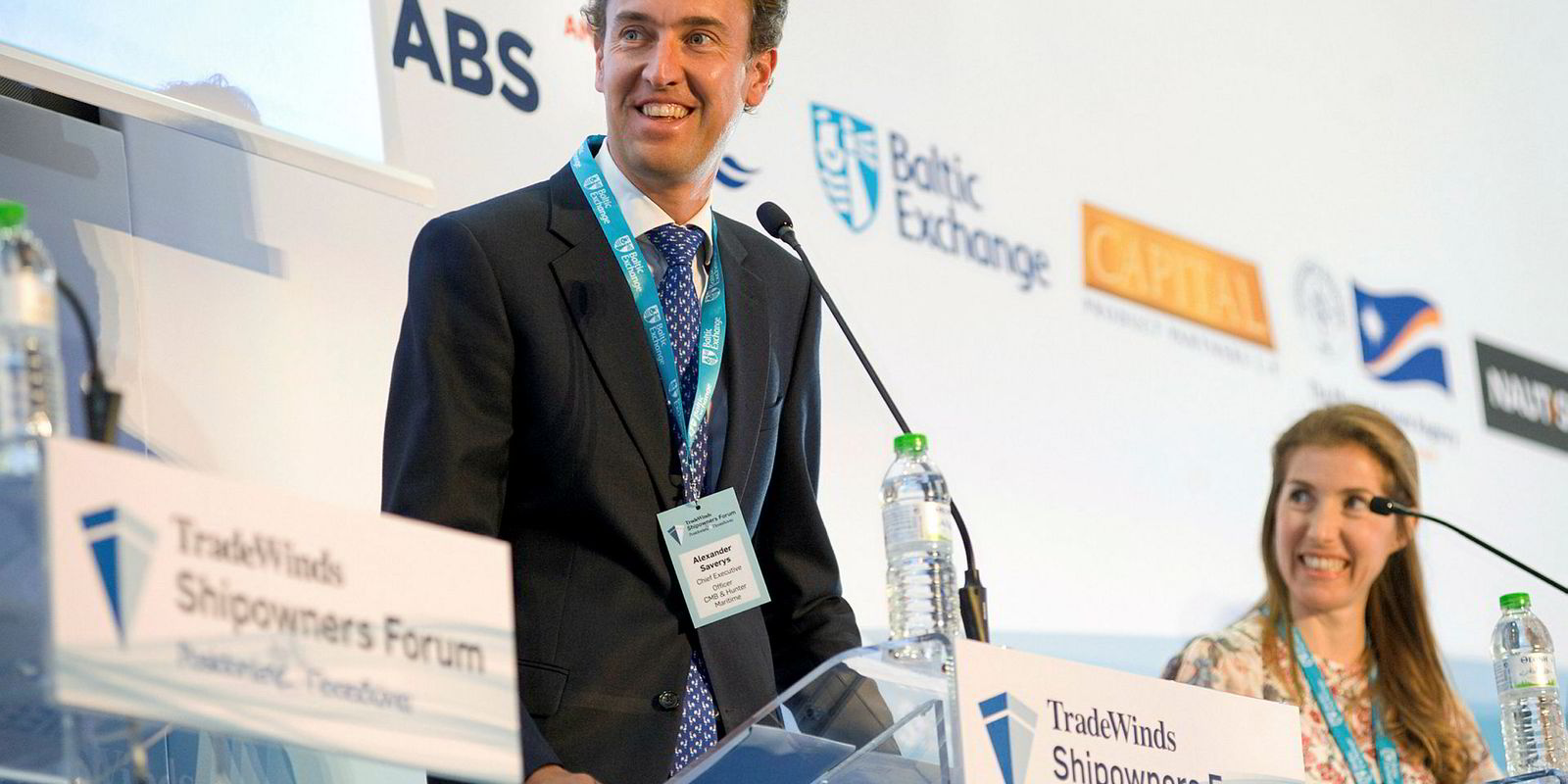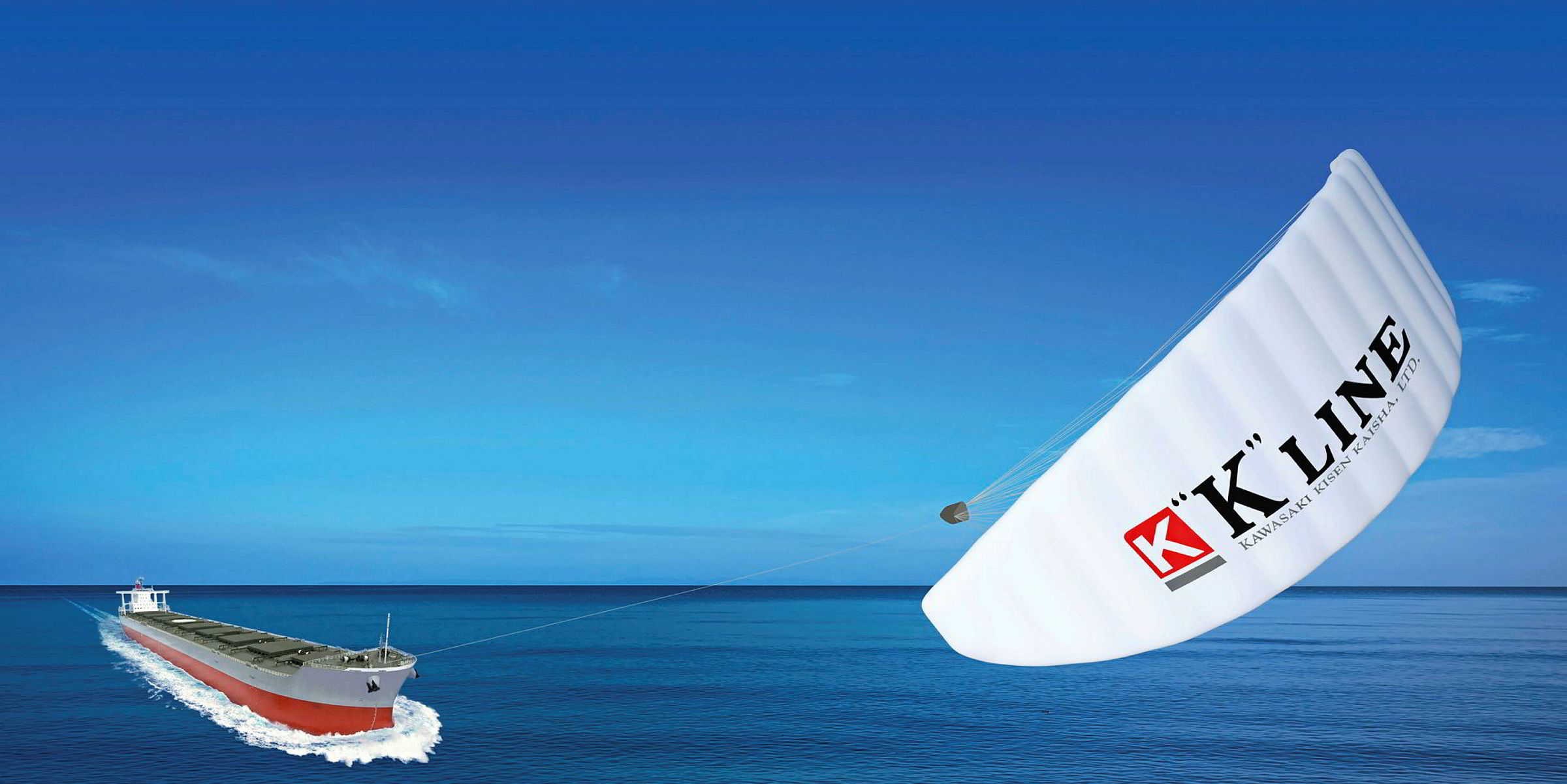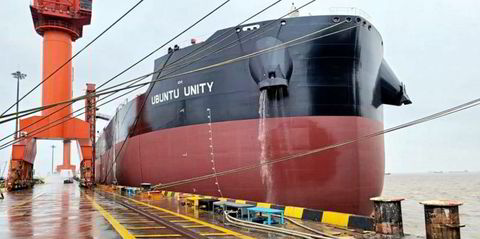CMB has unveiled a series of projects to upscale its investment in the hydrogen fuelling sector.
The Belgian shipowner is investing in two hydrogen-powered vessels to be delivered next year in a package of measures designed to take the company one step closer to using hydrogen to power for commercial vessels.
The Antwerp-based outfit plans to build and operate small hydrogen-powered craft to be built and operated in Japan and northern Europe.
Partnership
It has teamed up with Tsuneishi Facilities & Craft (TFC), a unit of Japanese shipbuilder Tsuneishi Group, to build an 80-passenger hydrogen-powered ferry, while the second project –together with Windcat Workboats — involves the provision of a crew transfer vessel (CTV) for Dutch energy company Vattenfall.
CMB chief executive Alexander Saverys believes the moves will take the company closer to its goal of using hydrogen to power commercial vessels in the foreseeable future.
“We’re talking years, not decades before we really have a ship as [a] prototype that can burn hydrogen in its main engine and auxiliary," he said.
“It will depend on technology, storage of hydrogen onboard, and [the] price of hydrogen. But I do not think it is impossible, otherwise we would not be doing this.”
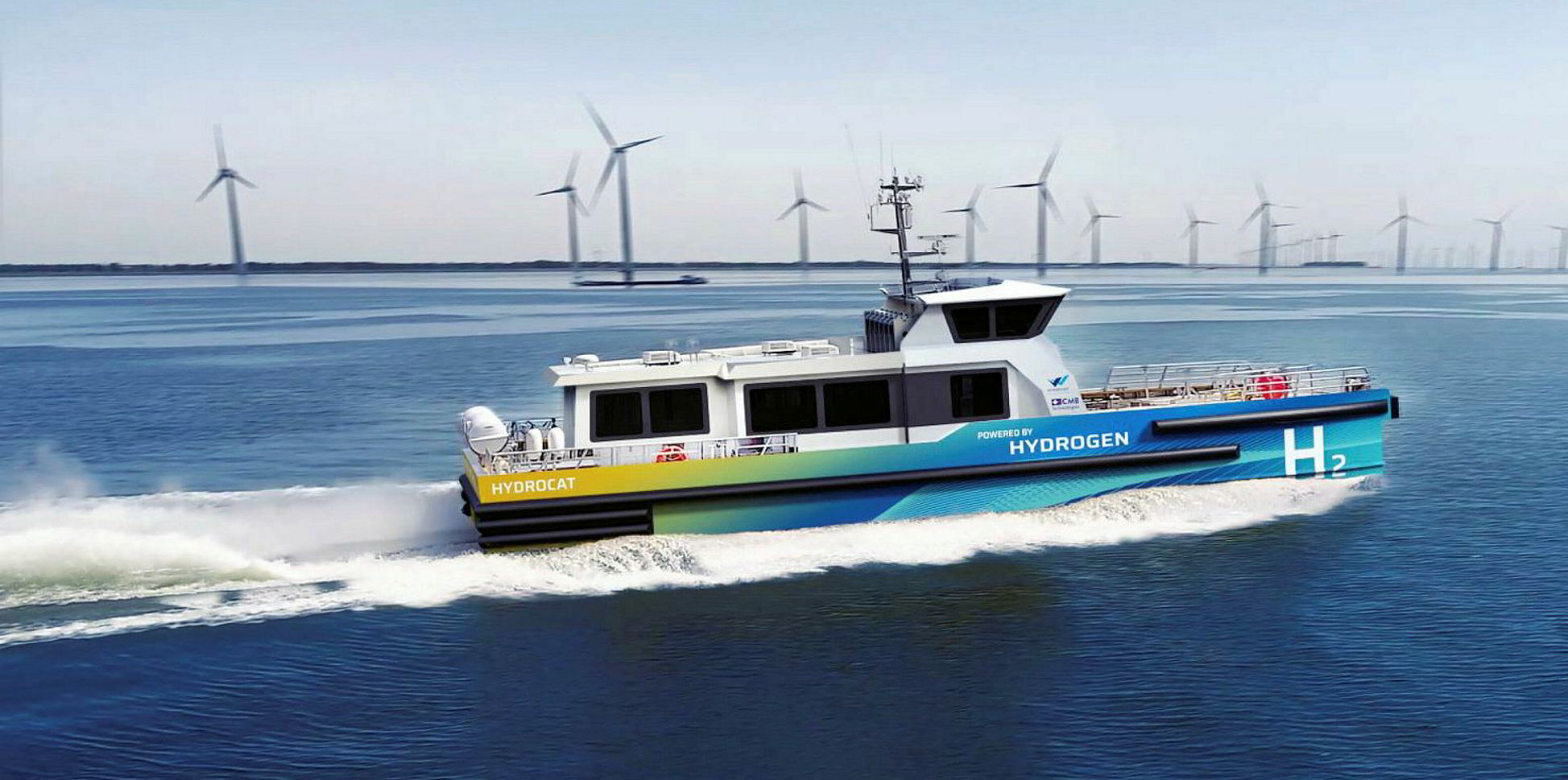
CMB’s Japanese project aims to construct the first passenger ferry powered by a dual-fuel internal combustion main engine at TFC’s facilities in Onomichi.
Delivery of the HydroBingo — named after the province in Japan where the vessel is going to sail — is slated for 2021.
The Dutch project will involve vessels capable of transporting 24 crew and which will consume 170 kg of hydrogen per day.
Saverys said the focus on smaller vessels was a necessary step “to prove that we’re not far off making that jump towards larger vessels”.
'Tremendous interest'
He added that there was tremendous interest in the projects, with talks to other customers about additional CTVs and ferries.
“There’s a lot of discussions going on to build more of these,” Saverys said.
CMB has invested heavily in hydrogen research over a three-year period.
It recently bought Revolve Technologies (RTL), a UK-based developer of hydrogen combustion engines.
“It’s an important acquisition for us,” Saverys said. “We thought it was a very interesting match.”
RTL, which is based in Brentwood in the UK county of Essex, has been testing engines onboard the CMB-owned Hydroville — a pilot vessel that has undergone tests in Belgium in the past year.
But the new ships under discussion are three times larger, with engines that have twice as much power.
RTL is to be integrated into CMB Technologies, a division that focuses on hydrogen and low-carbon technologies.
CMB has also formed BeHydro, a joint venture with diesel manufacturer Anglo Belgium Corp, which plans to commercially launch its first medium-speed hydrogen engine.
The engines could provide up to 3 MW of power, making them sufficient as auxiliary engines for a capesize or main engines on tugs and barges. The expectation is that they could reduce carbon emissions by 50% to 100%.
“We got a lot of incoming calls,” Saverys said. “Now we have the feeling we can bring these things to market, probably [by the] middle of next year.”
'Taking it in steps'
“All these smaller projects are very close to being standalone projects. But instead of trying to get to the moon immediately, we’ll take it in steps.”
Once a technical solution for the engines has been established, it would be possible to focus on how shipowners could obtain hydrogen fuel at the right price, he said.
“Everybody’s trying to solve this CO2 puzzle. Whether people will jump, order and go for hydrogen, people in shipping will wait and see."
“I'm not saying hydrogen will be it [the solution]. I just personally believe it has the biggest potential. Also, because nobody else is doing it.”
